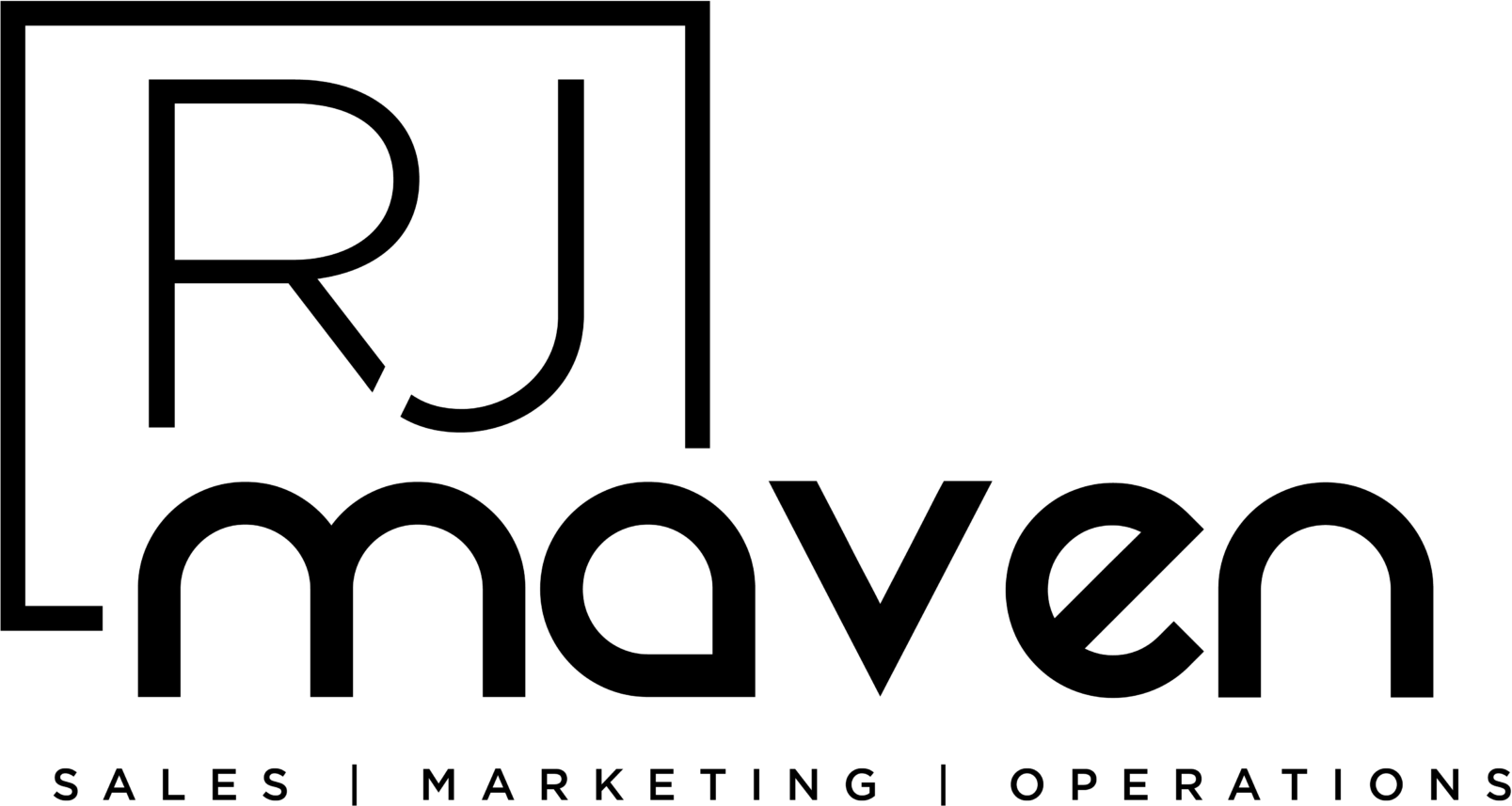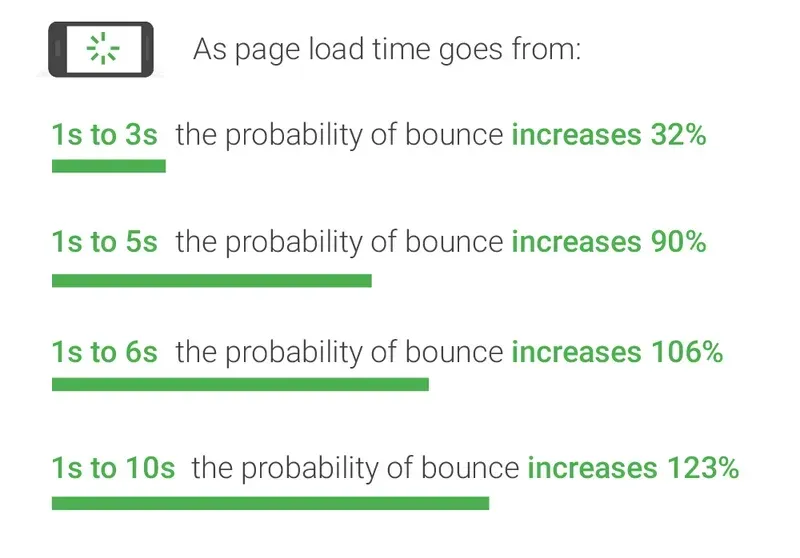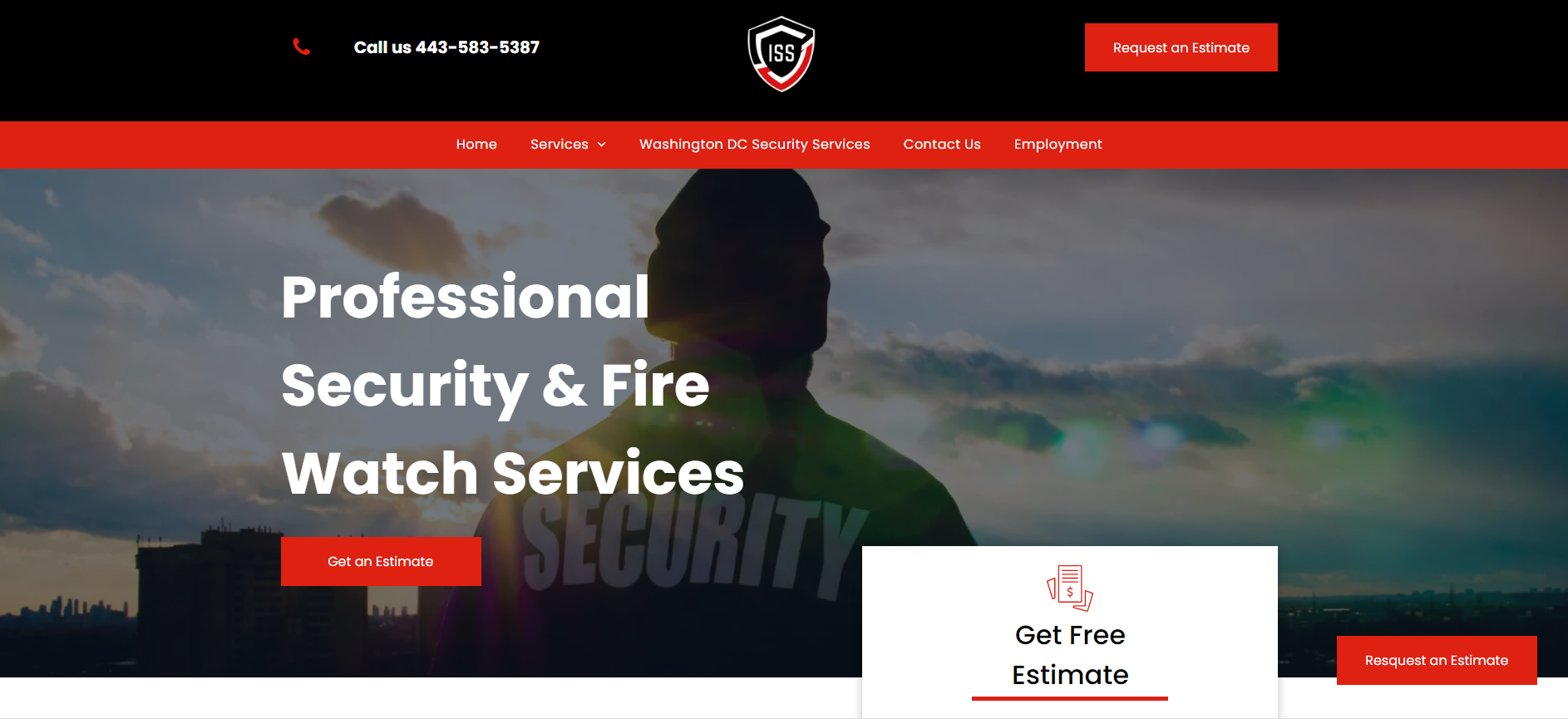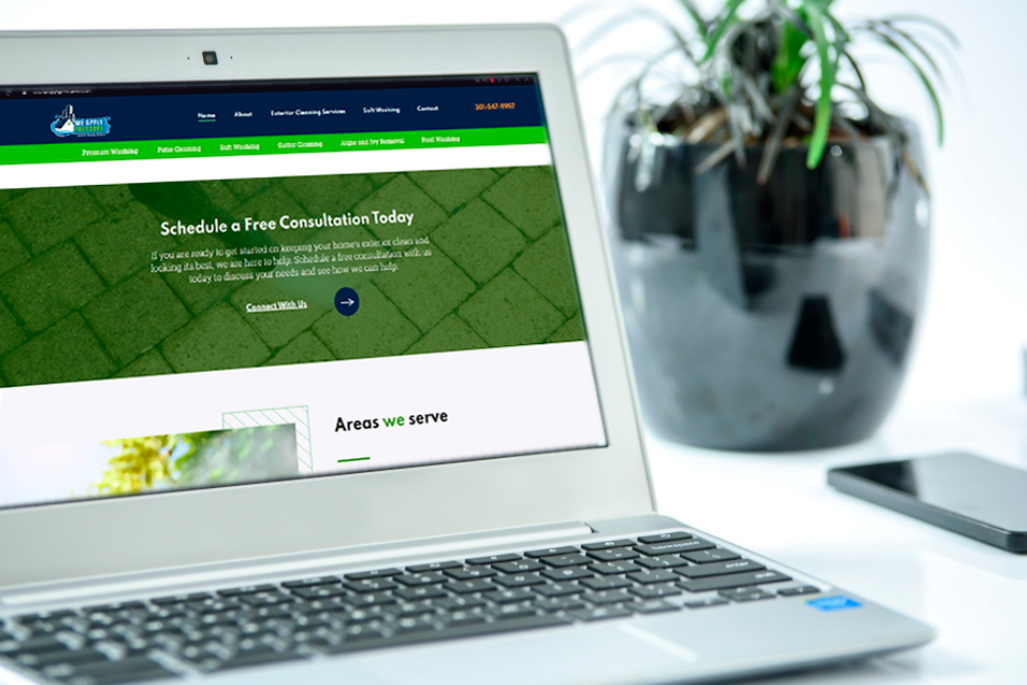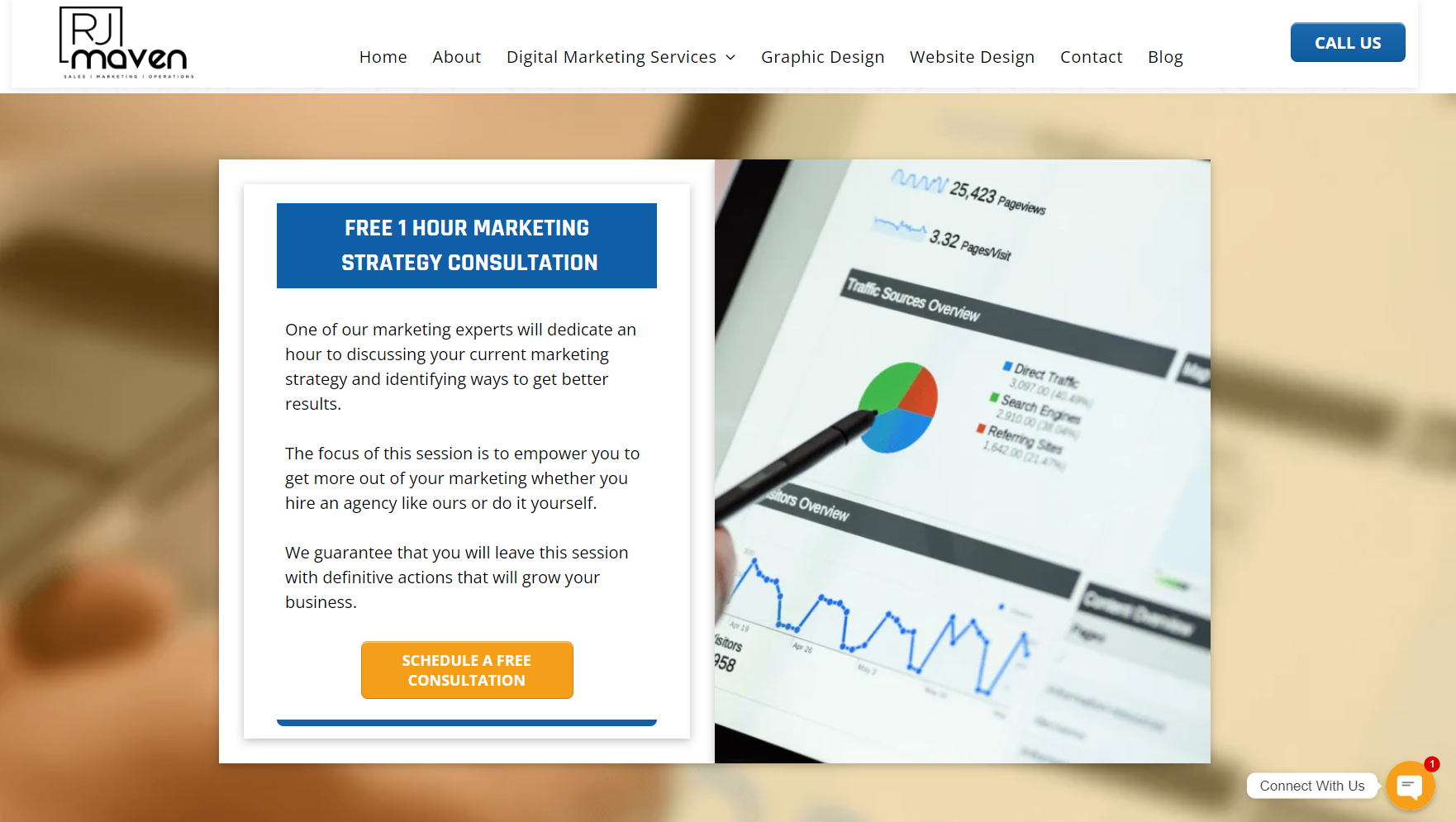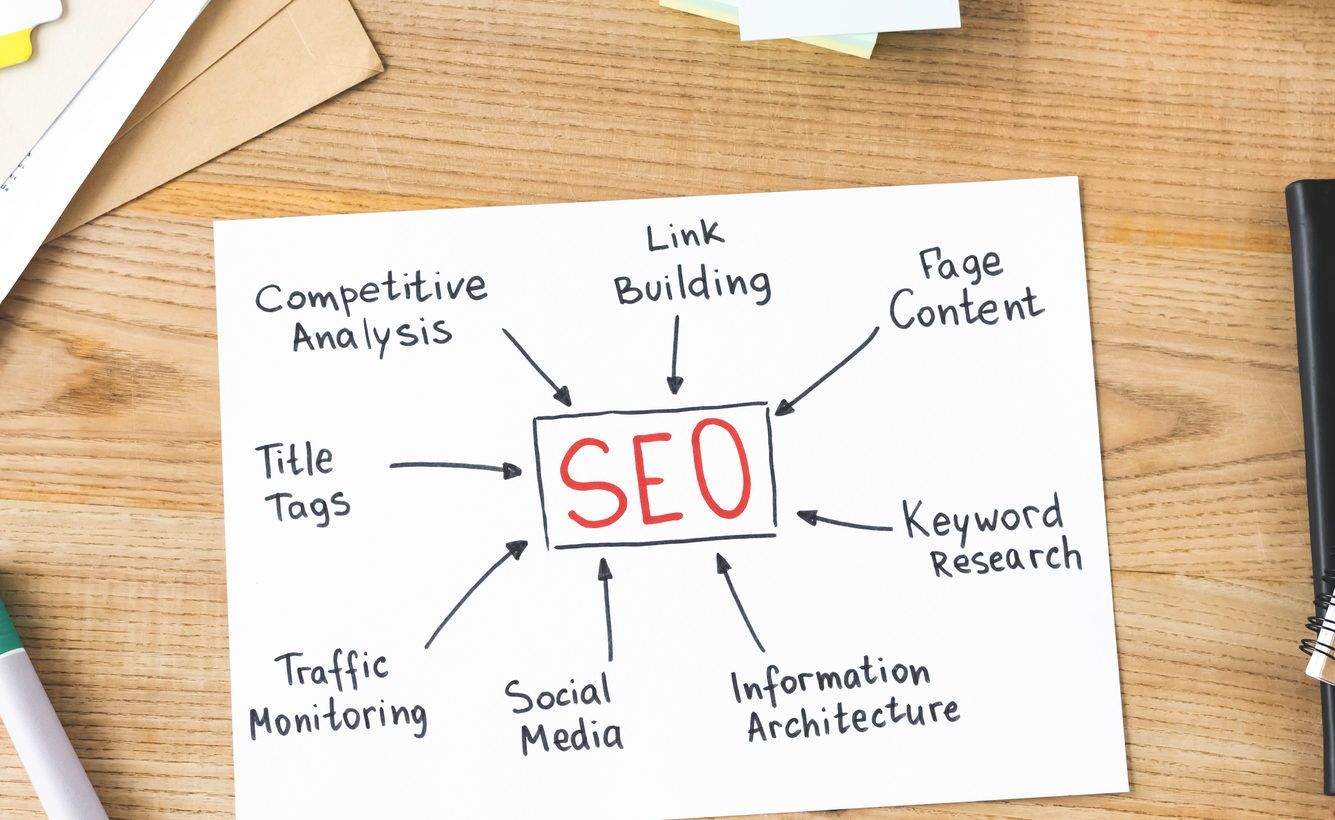10 Key Components for a High-Performing Small Business Website
As a small business owner, you know the importance of having a strong online presence. Your website is often the first point of contact for potential customers, and it can make or break your chances of making a sale. A high-performing small business website can help you attract and retain customers, build brand awareness, and increase revenue. In this article, we'll explore the 10 key components that every small business website should have to ensure it is high-performing and meets the needs of your customers.
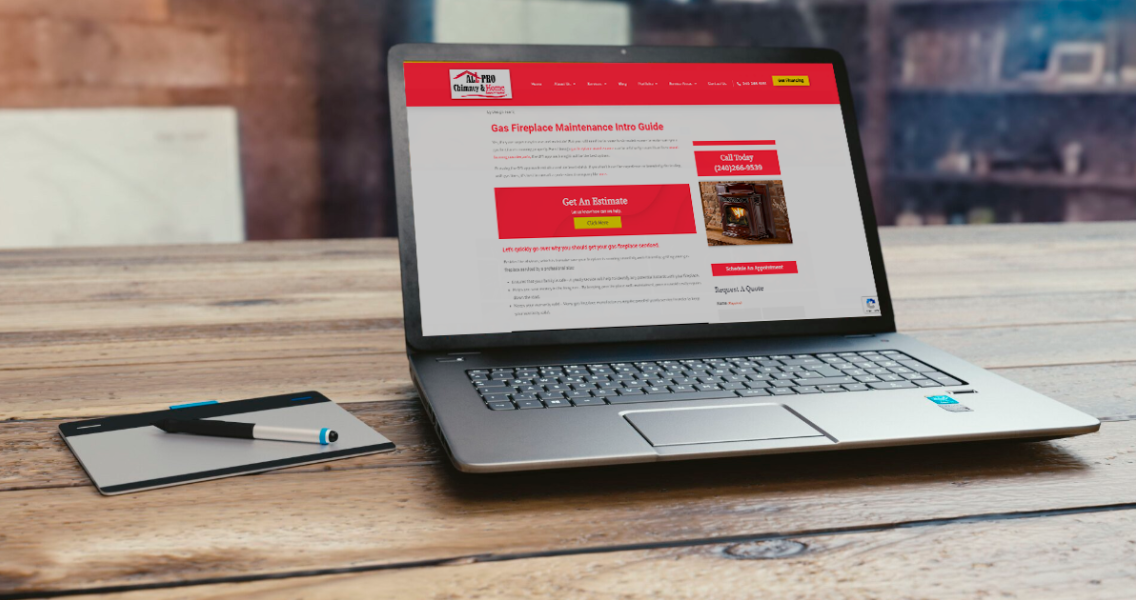
1. Clear and Concise Messaging
Your website should have a clear and concise message that tells visitors who you are (your brand), what you do (your product or service), and why they should choose your business over your competitors (your value proposition). Your messaging should be consistent throughout your website and in your marketing materials. This will help your potential clients understand what your brand stands for and what makes you unique. This ultimately will make an impact on your online sales.
2. Intuitive Navigation
Your website's navigation should be easy to use and intuitive. Visitors should be able to find what they're looking for quickly and easily. Make sure your navigation is organized logically and use clear, descriptive labels. The navigation of your website directly impacts your customer or client's online experience. This not only affects how your brand is perceived online but also plays an active role in your website's online visibility and subsequently on its Google rankings. To understand how all of these components play a role in enhancing your website's SEO, take a look at our
recent blog post on the topic.
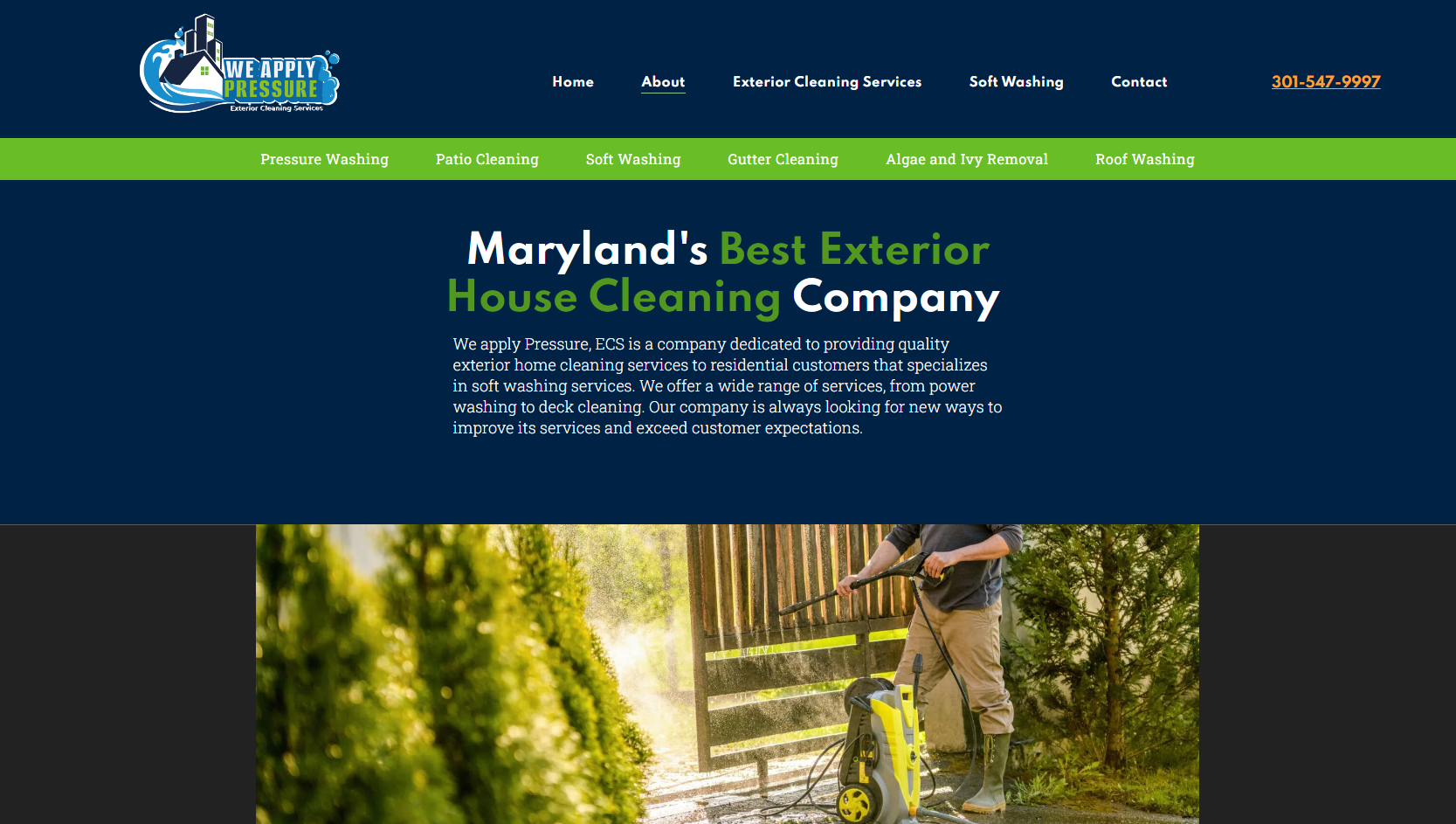
3. Mobile Responsiveness
In today's mobile-first world, having a website that is mobile-responsive is crucial. Your website should be optimized for all devices, including smartphones and tablets. This ensures that your website is accessible to everyone, regardless of the device they're using. According to
Search Engine Journal (SEJ), mobile responsiveness is also a confirmed ranking factor for your small business website.
4. Fast Page Load Speeds
Think with GoogleSource: Google/SOASTA Research, 2017
Nobody likes waiting for a website to load, and slow page load speeds can negatively impact your website's performance. Your website should load quickly, ideally in three seconds or less. This can be achieved through the optimization of images and code.
Pro Tip:
Some easy fixes for a slow-loading website include:
- Compressing images or reducing the resolution
- Minimizing HTTP requests
- Combining multiple files into a single file, such as JavaScript and CSS
- Caching static content to reduce latency.
5. Clear Calls to Action
Your website should have clear calls to action (CTAs) that tell visitors what you want them to do. CTAs should be easy to find and visually prominent. They should also be relevant to the page's content and the visitor's stage in the buying journey. If you are running out of inspiration, we wrote a blog post about 70 Call-To-Actions Examples so Good, You Can't Resist Clicking that will help you get started.
Need engaging content for your small business website?
Let our expert copywriting team
help you craft a compelling message
that drives conversions
6. Engaging Content
Your website's
content should be engaging, informative, and relevant to your target audience. This includes text, images, and videos. Your content should be
optimized for search engines and should also be shareable on social media.
7. Social Proof
Social proof is a powerful tool that can help build trust and credibility with your website visitors. This includes customer reviews, testimonials, and case studies. Make sure to include social proof on your website, and highlight it prominently. You may wonder whether to create a dedicated page for reviews and client testimonials or to add them as a section on any other of your main pages. Well, the answer is none of those. We recommend you sprinkle them out wherever it makes sense. Get creative! For example, you can add a rating widget or customer reviews to the product pages on your eCommerce store. Another idea is to include client testimonials on the About Us page or your service page with the most traffic. This will help you move your prospects further down your sales funnel.
Get a website that
looks great and drives results with our top-quality design and SEO-optimized content.
8. Secure Hosting
Your website should be hosted on a secure server with a valid SSL certificate (The little padlock icon beside the URL). This ensures that your visitors' data is protected and that your website is secure from hackers. Failing to generate a secure connection can put your visitors' data at risk and hurt your credibility. Make sure to get a reliable hosting provider that offers regular backups, malware scanning, and other security solutions.
Besides the security breach, this can greatly impact your website traffic as search engines and users alike prefer websites with an SSL certificate.

9. Analytics and Tracking
This is not precisely part of a website but it is essential as you will be able to identify how potential customers interact with your website. You'll also have valuable data about the user's behavior such as their location, device types and operating systems used, pages visited, time spent on each page, and other great insights.
Google Analytics is one of the most popular tools for monitoring website performance free of charge. It allows you to track website visitors, their behavior on the website, and the performance of your marketing campaigns.
Analytics and tracking tools also provide valuable insights into other websites'KPIs. This includes metrics such as traffic, bounce rates, and conversion rates. Use analytics and tracking tools to identify areas for improvement and to measure the success of your website.

Be one step ahead of your competitors and get valuable insights with our advanced analytics
tracking solutions
10. Easy Maintenance and Updates
Your website should be easy to maintain and update. This includes regular backups, security updates, and content updates. Consider using a content management system (CMS) to make updates easier and more efficient.
11. Internal Links
Internal linking is an important part of SEO, and it helps search engines understand the structure of your website better. It also helps visitors find related content on your website quickly and easily. Make sure to link to relevant pages from within
In conclusion, a high-performing small business website requires a combination of design, functionality, and SEO-optimized content. By following the 10 key components outlined in this article, you can ensure that your website is optimized for success and meets the needs of your customers.
